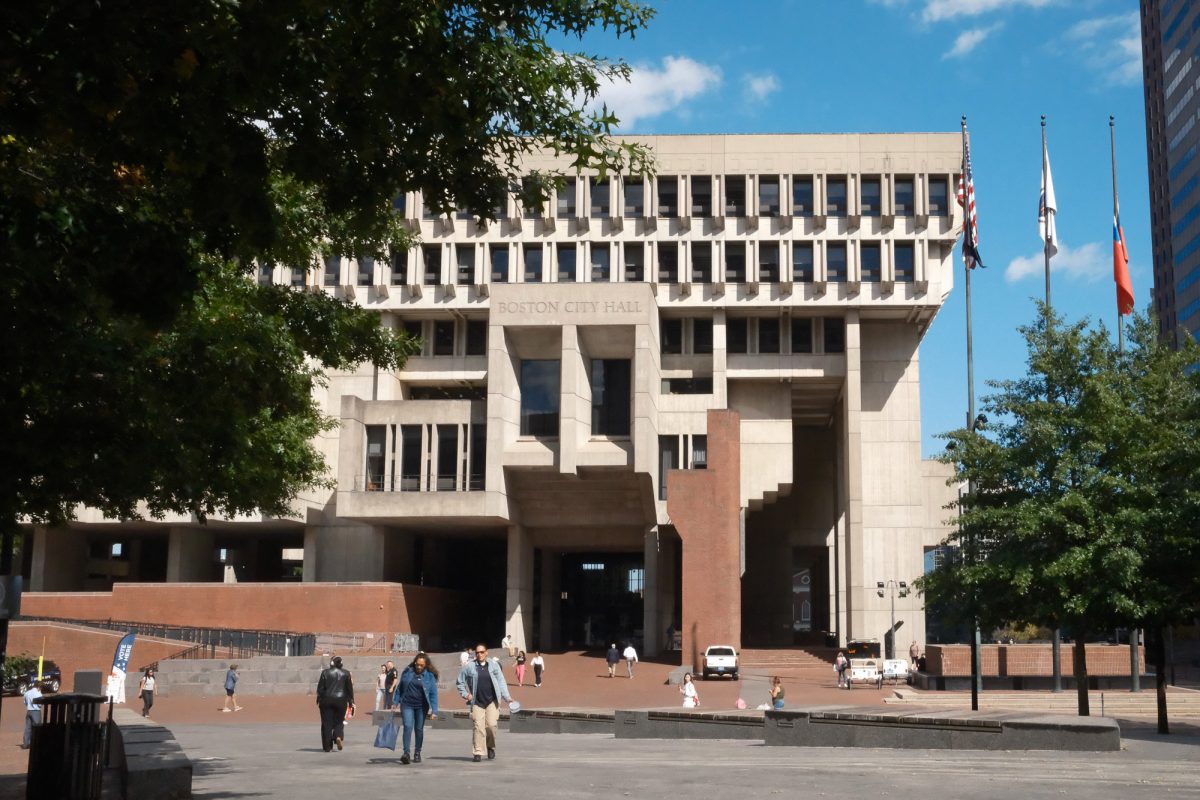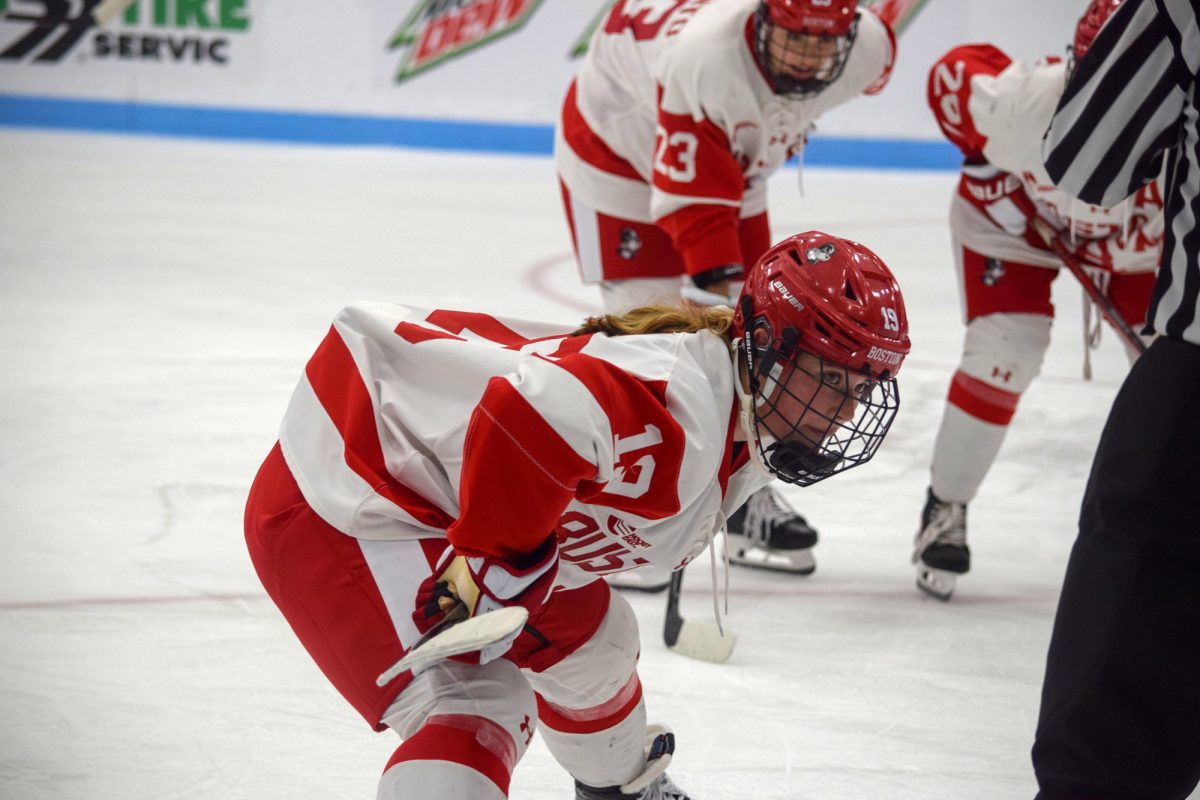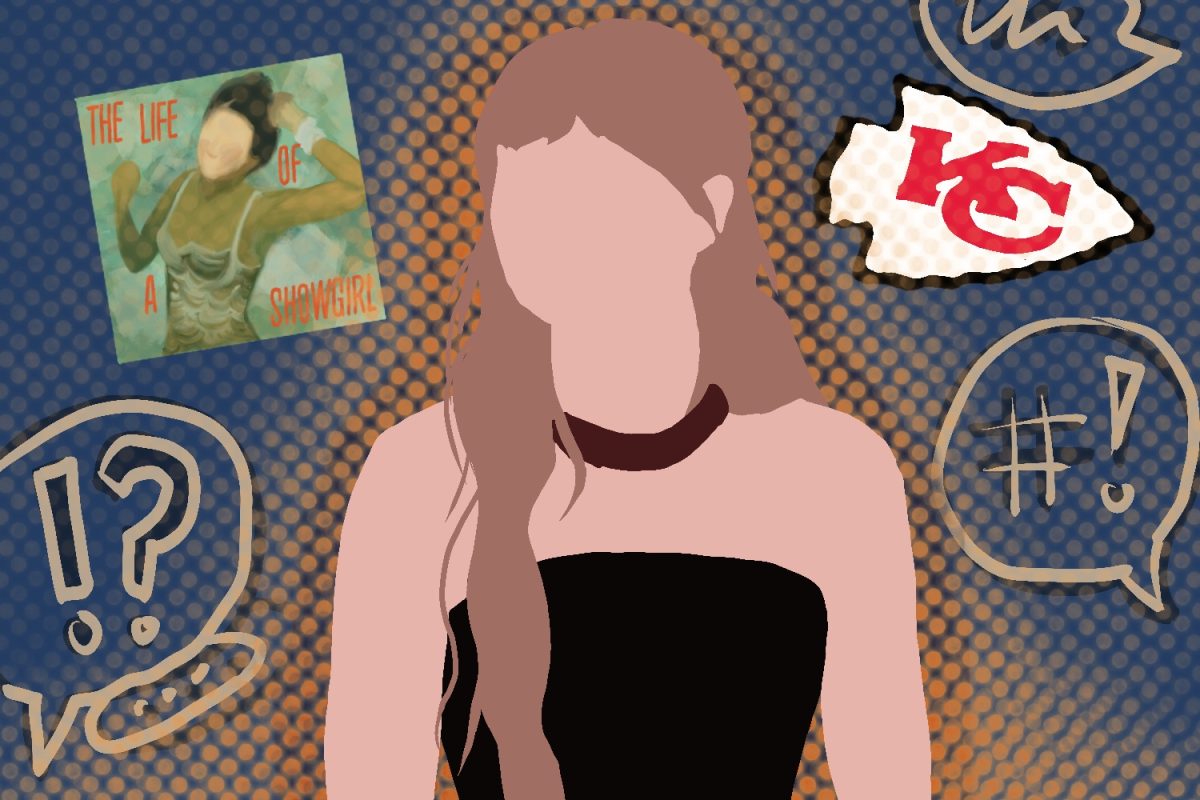The NCAA has been harshly criticized for years. College athletes around the country have faced a consistently high risk of injury and very little scholarship protection. Very recently, though, players like Shabazz Napier of the University of Connecticut and former players like Kain Colter of Northwestern University have ignited the fire of change the NCAA so desperately needed.
A few short months ago, Northwestern University changed college sports forever. The National Labor Relations Board in Chicago declared that Northwestern football players were employees of the University, not students. As such, they could unionize.
The historic vote to unionize came this past Friday. The ballots, however, have been seized, and will only be opened if the board sides with the players. The board’s final decision to approve the case, though expected by both sides, could take months to reach.
A Northwestern football player told the Chicago Tribune that he was “80 percent sure” the team would vote “no” to unionizing. Even if the votes decide that there will be no union, it is worth mentioning that Northwestern’s football players would still recognized as University employees, pending the NLRB’s final decision.
NCAA Tournament MVP Shabazz Napier spoke out on poor conditions for college athletes, as well. His comments that he went to bed “starving” resulted in the NCAA passing a rule change last Thursday allowing Division I athletes to receive unlimited meals and snacks. Aside from changing meal plans, the NCAA has approved several other changes in the past few weeks.
I am far from against the new meal plan policy. In theory, I really like the thought of all athletes getting an unlimited meal plan. I love my unlimited dining plan, and would recommend it to every student. It is very convenient and does not restrict your schedule in the slightest.
Practically speaking, though, there are a few issues. First, there really wasn’t anything wrong with the old plan that allowed three meals per day. And secondly, the unlimited plan is much more costly. Schools with many athletes will see negative financial effects of the new policy almost immediately.
All athletes are expected to be in peak physical condition. As such, they are expected to remain active and eat healthy. Player activity and training is the responsibility of the coaches and administration, but eating healthy is the responsibility of the athlete. The parameters before the change to unlimited meals and snacks enabled athletes to eat three meals per day, which is both perfectly legal and perfectly healthy.
The NCAA considered all the different potential schedules for all athletes, and determined that it was in the best interest of the greater good to make an unlimited meals policy. That much is perfectly fine. To think that a Division I school like Penn State University or Ohio State University has the same number of athletes at a Division I school like Lehigh University or American University is preposterous. Larger schools like Penn State will see a much larger financial demand as a result of unlimited meal plans, but will probably be able to cover the expense much easier than smaller, less profitable schools. This example leads into a discussion of another new change.
The NCAA has considered giving the five most powerful conferences — ACC, Big 12, Big Ten, Pac-12 and SEC — autonomy from the rest of Division I schools in the country. These conferences would make rules and decisions that apply only to themselves. This move would be a huge step in the right direction, as the larger, richer schools have much different needs and interests than smaller, less profitable schools.
Additionally, athletic scholarships do not cover the full cost of attending college. An idea to provide $2,000 stipends for student-athletes proposed by NCAA President Mark Emmert was rejected; smaller schools voted the idea down because they would not have enough money to provide their athletes such a stipend.
The proposed new drug policy is excellent. The new rule reduces the penalty for a player’s first positive drug-test if the substance is anything other than a performance-enhancing drug. Obviously enough, street drugs like marijuana are not PEDs, so the sentencing should be different. The ruling cannot be left to the discretion of the schools, either, since marijuana is illegal federally, but legal in two states.
The NCAA is changing rapidly right before our very eyes. “The notion of using a union-employee model here is something that strikes most people as a grossly inappropriate solution,” Emmert said. Only time will tell if his hypothesis was correct, or if any other of the various changes made by the NCAA could also be “grossly inappropriate.” I think most of the changes made are for the better, but the chances of a union forming at Northeastern seems unlikely. It will interesting to see what other changes will appear down the pipeline for the NCAA going forward.
























































































































